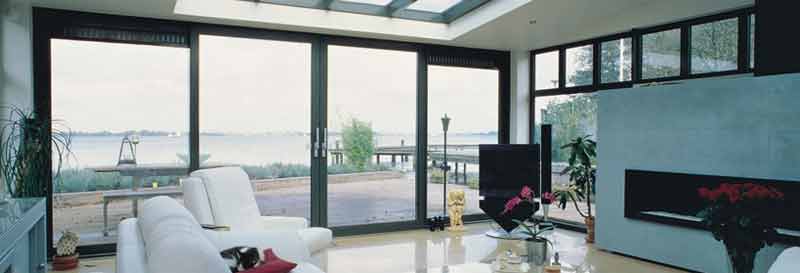All Categories
Featured
Table of Contents
Double Glazing Versus Secondary Glazing in West Perth Western Australia
Glazing simply means the windows in your house, consisting of both openable and fixed windows, as well as doors with glass and skylights. Glazing really just implies the glass part, but it is generally utilized to refer to all aspects of an assembly consisting of glass, films, frames and home furnishings. Taking note of all of these aspects will help you to accomplish effective passive design.

Energy-efficient glazing makes your home more comfy and dramatically decreases your energy costs. However, improper or improperly created glazing can be a significant source of unwanted heat gain in summer season and substantial heat loss and condensation in winter. Up to 87% of a home's heating energy can be acquired and up to 40% lost through windows.
Enjoy Your Summer More With Double Glazed Windows in Innaloo Perth
Glazing is a considerable financial investment in the quality of your house. An initial investment in energy-efficient windows, skylights and doors can greatly lower your annual heating and cooling bill.

This tool compares window selections to a base level aluminium window with 3mm clear glass. Understanding a few of the key properties of glass will help you to pick the very best glazing for your house. Key properties of glass Source: Adapted from the Australian Window Association The quantity of light that goes through the glazing is known as noticeable light transmittance (VLT) or noticeable transmittance (VT).
Double Glazed Windows Sydney & Replacement Windows in Leda WA
The U worth for windows (revealed as Uw), explains the conduction of the whole window (glass and frame together). The lower the U value, the higher a window's resistance to heat flow and the better its insulating value.
If your house has 70m2 of glazing with aluminium frames and clear glass with a U worth of 6. 2W/m2 C, on a winter's night when it is 15C chillier outside compared with inside your home, the heat loss through the windows would be: 6. 2 15 70 = 6510W That is comparable to the total heat output of a big space gas heating system or a 6.
Double Glazed Windows Melbourne in Cottesloe WA

If you pick a window with half the U value (3. 1W/m2 C) (for instance, double glazing with an argon-filled space and less-conductive frames), you can cut in half the heat loss: 3. 1 15 70 = 3255W The solar heat gain coefficient (SHGC) for windows (expressed as SHGCw) determines how readily heat from direct sunlight streams through a whole window (glass and frame together).
The lower a window's SHGC, the less solar heat it transmits to the home interior. The real SHGC for windows is affected by the angle that solar radiation strikes the glass.
Double Glazing Windows - The Best Installers In The Uk ... in Rockingham Western Australia
When the sun is perpendicular (at 90) to the glass, it has an angle of occurrence of 0 and the window will experience the maximum possible solar heat gain. The SHGC stated by glazing makers is always calculated as having a 0 angle of occurrence. As the angle increases, more solar radiation is reflected, and less is transmitted.
Table of Contents
Latest Posts
How Are Double Glazed Windows More Energy Efficient? in Helena Valley Perth
Why Should You Have Double-glazed Windows This Summer? in Secret Harbour WA
Double Glazed Windows Brisbane in Mosman Park Western Australia
More
Latest Posts
How Are Double Glazed Windows More Energy Efficient? in Helena Valley Perth
Why Should You Have Double-glazed Windows This Summer? in Secret Harbour WA
Double Glazed Windows Brisbane in Mosman Park Western Australia